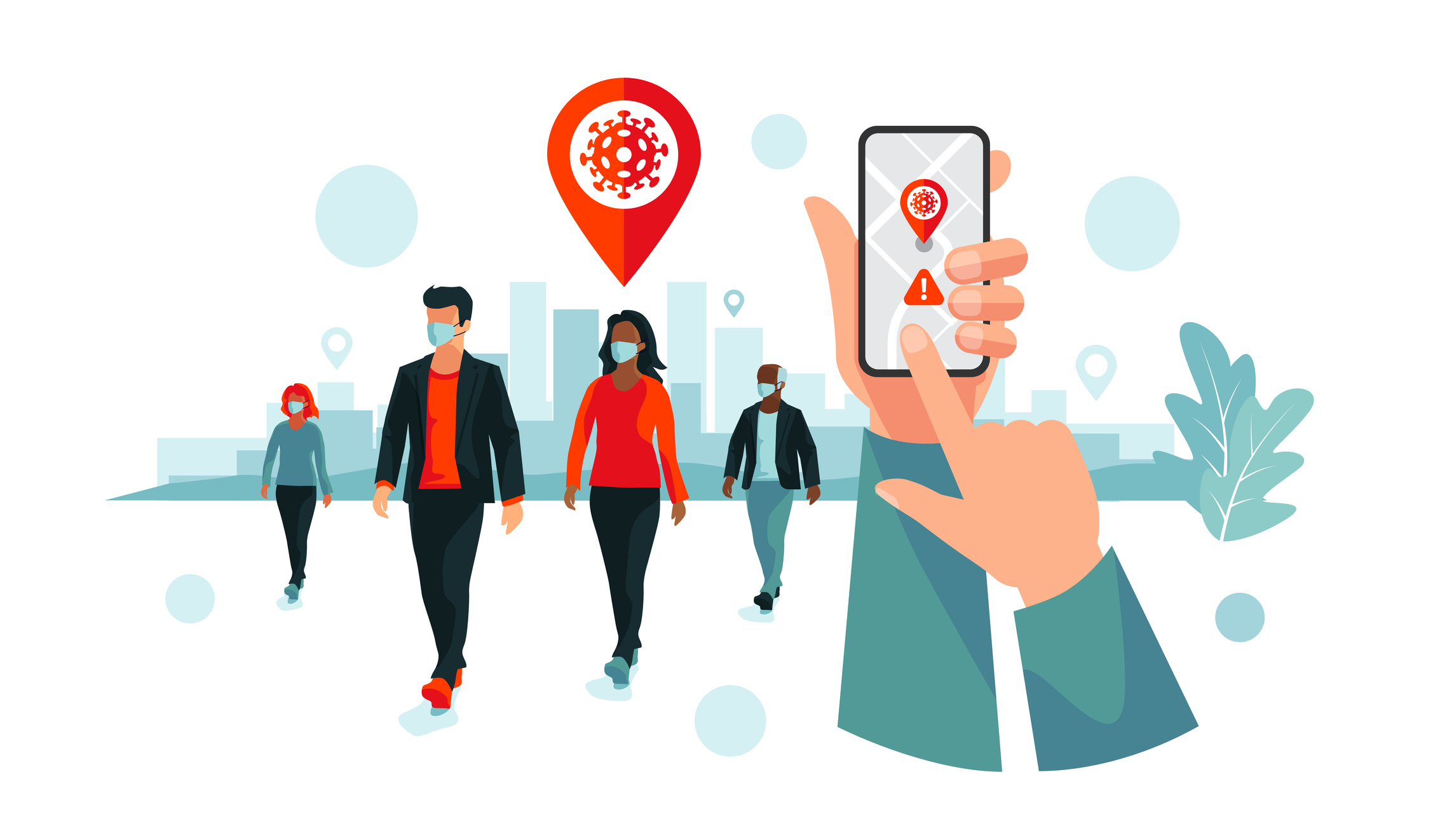Businesses have been struggling to adapt to 2020’s sweeping changes. Learn how digital twins can help provide up-to-the-minute insight – and a good view of what the future might bring.
Digital twins – virtualized models of physical entities, as we described in an earlier post – have been used in manufacturing, business operations, and engineering for some time. In the wake of COVID, we’ve seen the medical research field (already a leading proponent of this technique) using digital twinning to help develop vaccines. In another post, we established that digital twins can help businesses understand how various entities functioned before and during the pandemic and subsequently gain insight into recovery patterns at various levels.
Why and how can digital twinning help businesses cope with ongoing change and uncertainty? To answer these questions, we’ll first need to take a closer look at the concept of digital twinning.
What Is a Digital Twin?
In a post for IBM, Maggie Mae Armstrong defines a digital twin as “a highly complex virtual model that is the exact counterpart (or twin) of a physical thing. […] Connected sensors on the physical asset collect data that can be mapped onto the virtual model. Anyone looking at the digital twin can now see crucial information about how the physical thing is doing out there in the real world.”
Of course, we don’t have physical sensors connected to markets (or customers!), but we do have copious streams of incoming data that function the same way. The entire principle is the same: a very detailed virtual model that stands in for a physical entity. With multiple rich and robust data sources feeding the model, we can get a good idea of the behavior of the physical thing. We can then test various scenarios on the digital twin and see the outcome. It’s a flexible, scalable solution for the many predictive and analytical models that COVID’s sudden and disruptive appearance rendered obsolete almost overnight.
Why Are Digital Twins So Important Right Now?
Let’s elaborate on the above thought. No one was prepared for the changes COVID has wrought on the market. And, as we’re all seeing, these changes are having far-reaching and durable effects. Additionally, many factors (traffic, customer behavior, recovery stage, etc.) vary from region to region, depending on the severity of the outbreak, the pace of its recovery, and whether a second wave of infections (and subsequent restrictions/limitations) has hit the area.
In this situation, so full of unprecedented events, it’s imperative to understand what’s happening now; there’s no past data that will make reliable sense in these circumstances. Dynamic tracking is one of digital twinning’s key strengths; the steady inpouring of current data makes it possible to gauge customer buying patterns, consumption, and satisfaction as it currently is. This can help identify the right product at the right time for various situations.
Going further, we can use digital twins to harvest clues on what the future will look like. Thanks to their AI and machine learning components, digital twins can simulate trends and predict baseline demand. Furthermore, they can use this info to model demand changes that could happen in response to specific events (e.g., recovery vs. second wave, economic upturn or downturn, etc.). We can also use information from locations that have progressed further towards recovery, updating models and parameters to reflect that experience. This will also help us understand the potential changes during such stages.
Using Digital Twins to Help Your Business Cope
Let’s suppose that you want to use digital twinning. How would you go about it? Broadly speaking, these are the steps to follow:
- Identify and collect your data, including current and historical sales and shipment information. You’ll need this to measure the impact of demand and sales drivers and to assess baseline trends.
- Build a digital twin framework of the consumers, stores, regions, etc. that you want to test. We recommend building frameworks for both pre-COVID and COVID eras. Make your virtual replica as accurate as possible and include many data sources. This will help your company model how the digital twin will react to various changes and simulations.
- Model the granular recovery of each digital twin based on external macroeconomic (e.g. unemployment) and microeconomic factors (e.g. spending levels).
- Model factors that accelerate or delay recovery (e.g. lockdowns, new outbreaks).
- Simulate granular scenarios for different categories and businesses in a V-, U-, or L-shaped recovery pattern.
- Map out actions and implications for each scenario.
Constructed this way, digital twins allow your company to look both backwards (to pre-COVID times) and forwards – to multiple possible future scenarios. And they help you keep an eye on the present, where many areas are still in a state of flux.
Making the Case for Digital Twins
There’s one thing that COVID hasn’t changed for businesses: they still need data-driven insights. Now, we just need them faster (and more) than ever. Digital twins are one way you can leverage AI and machine learning to understand the past, manage the present, and prepare for the future.
If you’re interested in learning more about digital twinning and how it can be applied to your company, reach out to us. We’ll be happy to help you explore what this technique can do for you and what other solutions may be a fit for your needs.
Related Absolutdata products and services: NAVIK AI Platform, NAVIK Marketing AI, AI & Data Sciences,































